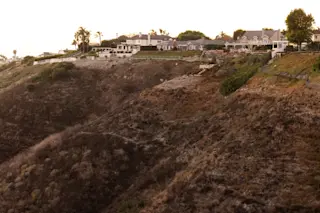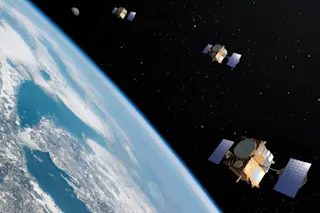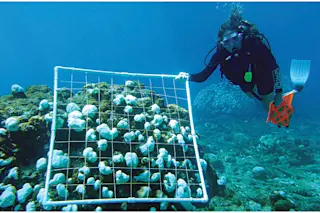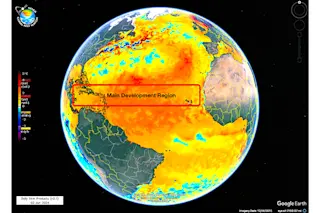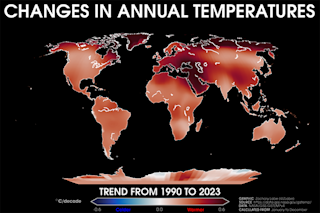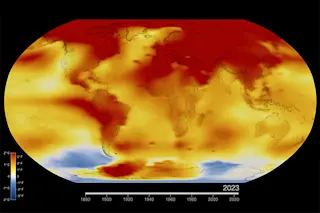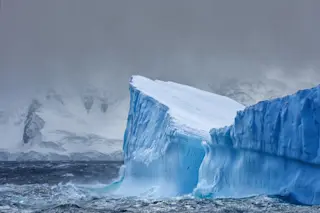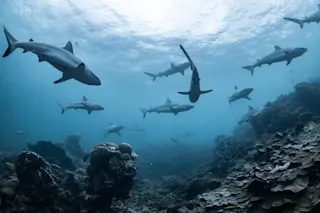Three months ago 90 rubber duckies set out on a perilous adventure, sliding down deep holes in a Greenland ice sheet that were expected to carry them eventually out to the ocean. In an experiment designed to shed light on the gradual melting of Greenland's glaciers due to global warming, the
duckies were deposited into moulins (tubular holes) in the Jakobshavn Glacier in mid-September by Alberto Behar, a robotics expert at NASA’s Jet Propulsion Laboratory in Pasadena, Calif. The idea was that the ducks would float along the same channels that melt waters do, and wherever they emerged would reveal the path of the disappearing ice [Scientific American].
But thus far the researchers who have been eagerly awaiting news of the duckies' arrival in the ocean have been disappointed, and they're now putting out a loud call for sailors, fishermen, and cruise passengers to keep their eyes peeled for bobbing ...



